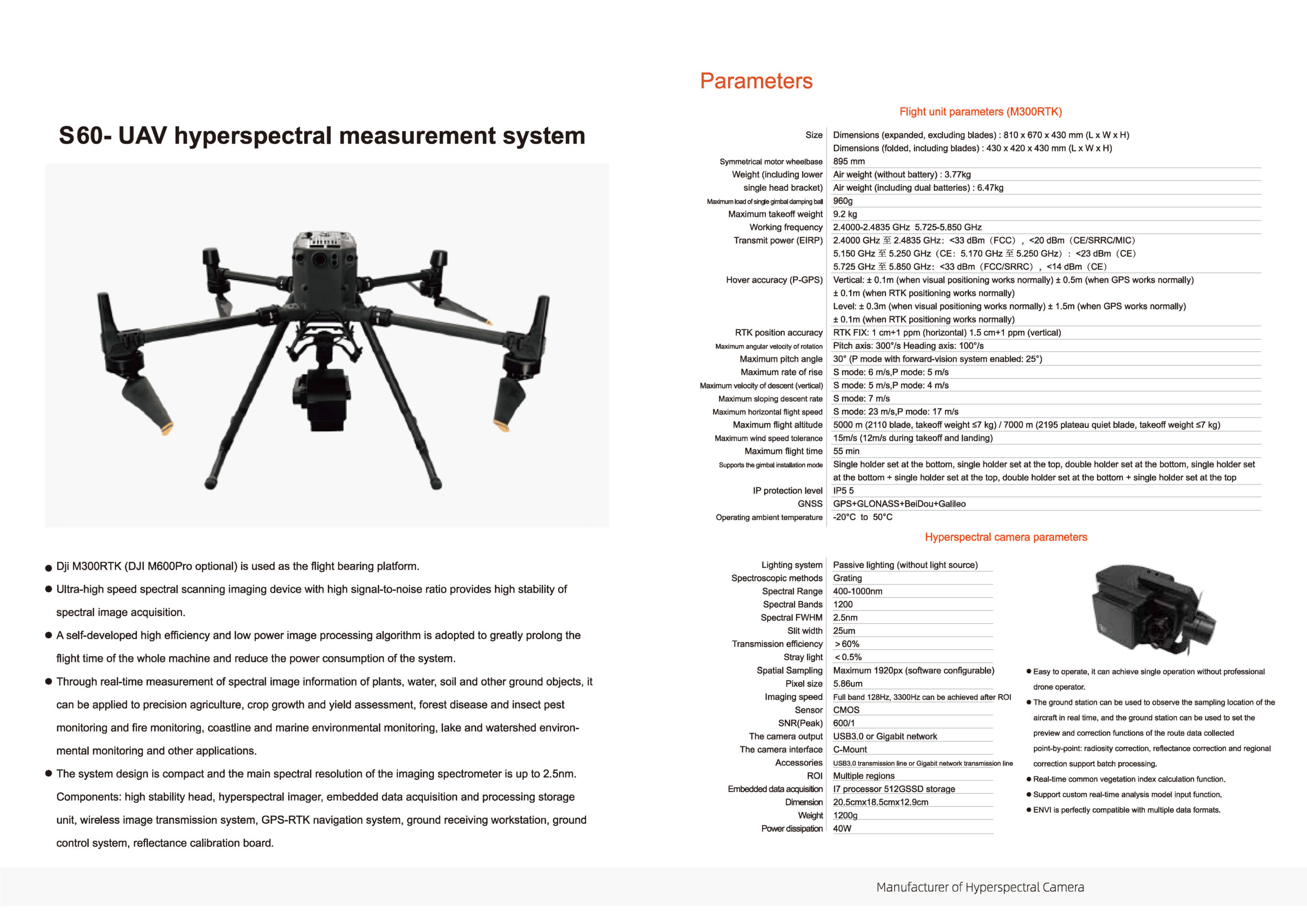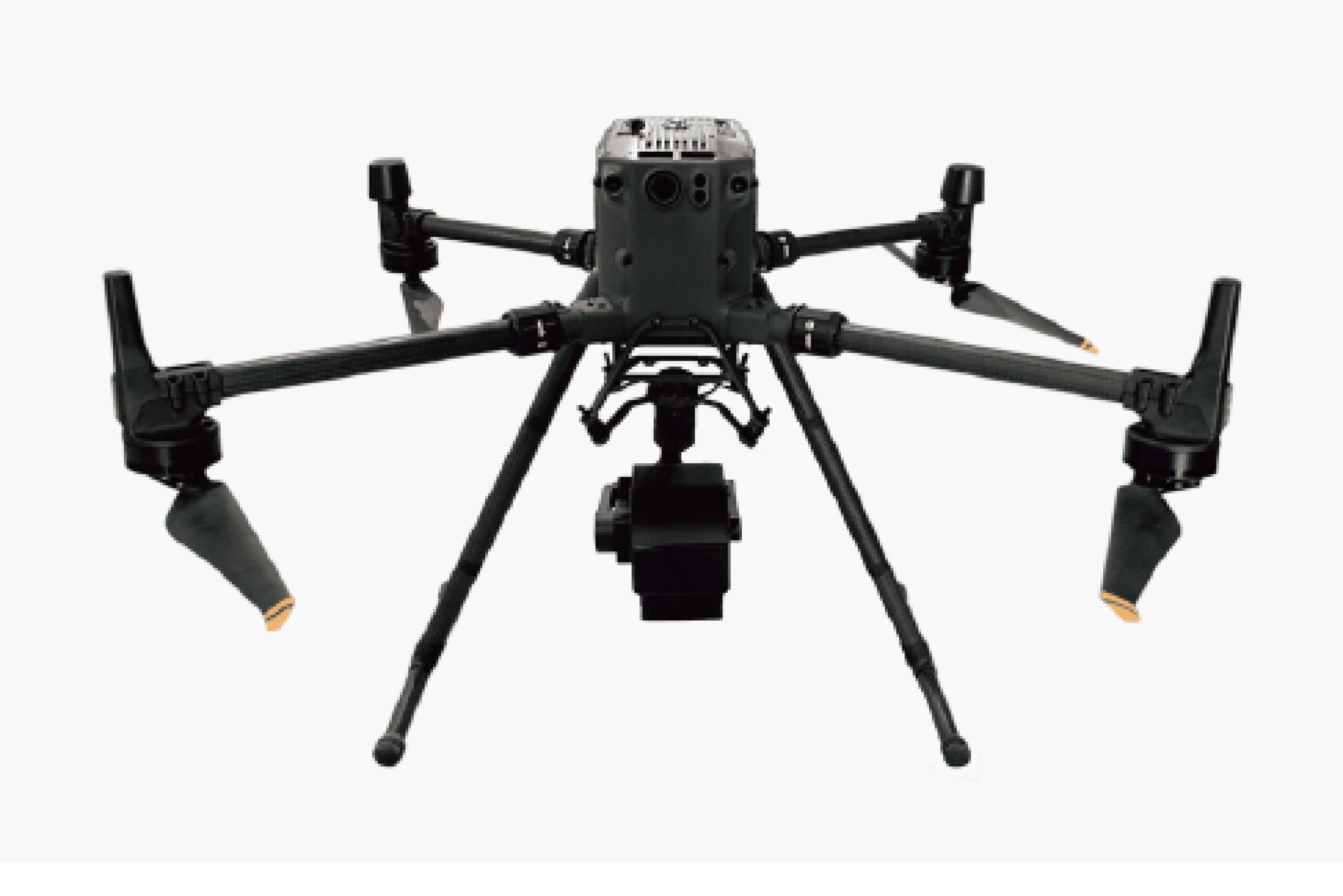
Een hyperspectrale camera gemonteerd op een drone is een baanbrekend instrument dat de manier waarop we de wereld observeren en analyseren, transformeert. Deze geavanceerde combinatie van technologieën maakt het mogelijk om vanuit de lucht gedetailleerde gegevens te verzamelen over de chemische en fysische staat van landschappen, gewassen, waterlichamen en andere objecten op het aardoppervlak. De integratie van een hyperspectrale camera op een drone opent een scala aan mogelijkheden voor onderzoek, monitoring en beheer in diverse sectoren zoals landbouw, milieustudies, geologie en zelfs in de kunstwereld.
Hyperspectrale beeldvorming, ook bekend als imaging spectrometry, legt beelden vast in honderden smalle, aangrenzende spectrale banden. Dit stelt gebruikers in staat om een ‘spectrale vingerafdruk’ van objecten of materialen te verkrijgen, waardoor het mogelijk wordt om ze te identificeren en hun samenstelling en conditie te analyseren. Wanneer deze technologie wordt gecombineerd met de wendbaarheid en het bereik van drones, ontstaat er een krachtig observatieplatform dat in staat is tot gedetailleerde en uitgebreide milieuanalyse.
### Toepassingen van een Hyperspectrale Camera op een Drone
1. **Precisielandbouw**: Agronomen kunnen hyperspectrale beelden gebruiken om de gezondheid van gewassen te monitoren, voedingsdeficiënties te identificeren, waterstress te detecteren en ziekte-uitbraken vroegtijdig op te sporen. Dit stelt boeren in staat om gerichte interventies uit te voeren, wat leidt tot hogere opbrengsten en duurzamere landbouwpraktijken.
2. **Milieumonitoring**: Hyperspectrale drones zijn ideaal voor het volgen van veranderingen in ecosystemen, het beoordelen van de waterkwaliteit in meren en rivieren, en het detecteren van vervuiling. Ze bieden cruciale gegevens die nodig zijn voor het behoud en herstel van natuurlijke habitats.
3. **Geologische onderzoeken**: In de geologie kunnen deze drones worden gebruikt om minerale samenstellingen en rotsformaties te identificeren. Ze bieden een niet-invasieve methode om potentiële mijnbouwlocaties te verkennen en geologische structuren te bestuderen.
4. **Stedelijke planning**: Stedenbouwkundigen kunnen hyperspectrale beeldvorming gebruiken om stedelijke gebieden te analyseren, zoals het in kaart brengen van groene ruimtes, het monitoren van luchtvervuiling en het beheren van hulpbronnen.
De voordelen van hyperspectrale camera’s op drones zijn duidelijk: ze bieden een unieke combinatie van gedetailleerde spectrale informatie en de flexibiliteit om bijna elk gebied te bereiken. Dit opent nieuwe mogelijkheden voor dataverzameling en analyse die voorheen onbereikbaar waren. Terwijl de technologie blijft evolueren, zullen de toepassingen en de impact ervan op onze samenleving ongetwijfeld blijven groeien, wat de weg baant voor innovaties in tal van wetenschappelijke en industriële velden.

